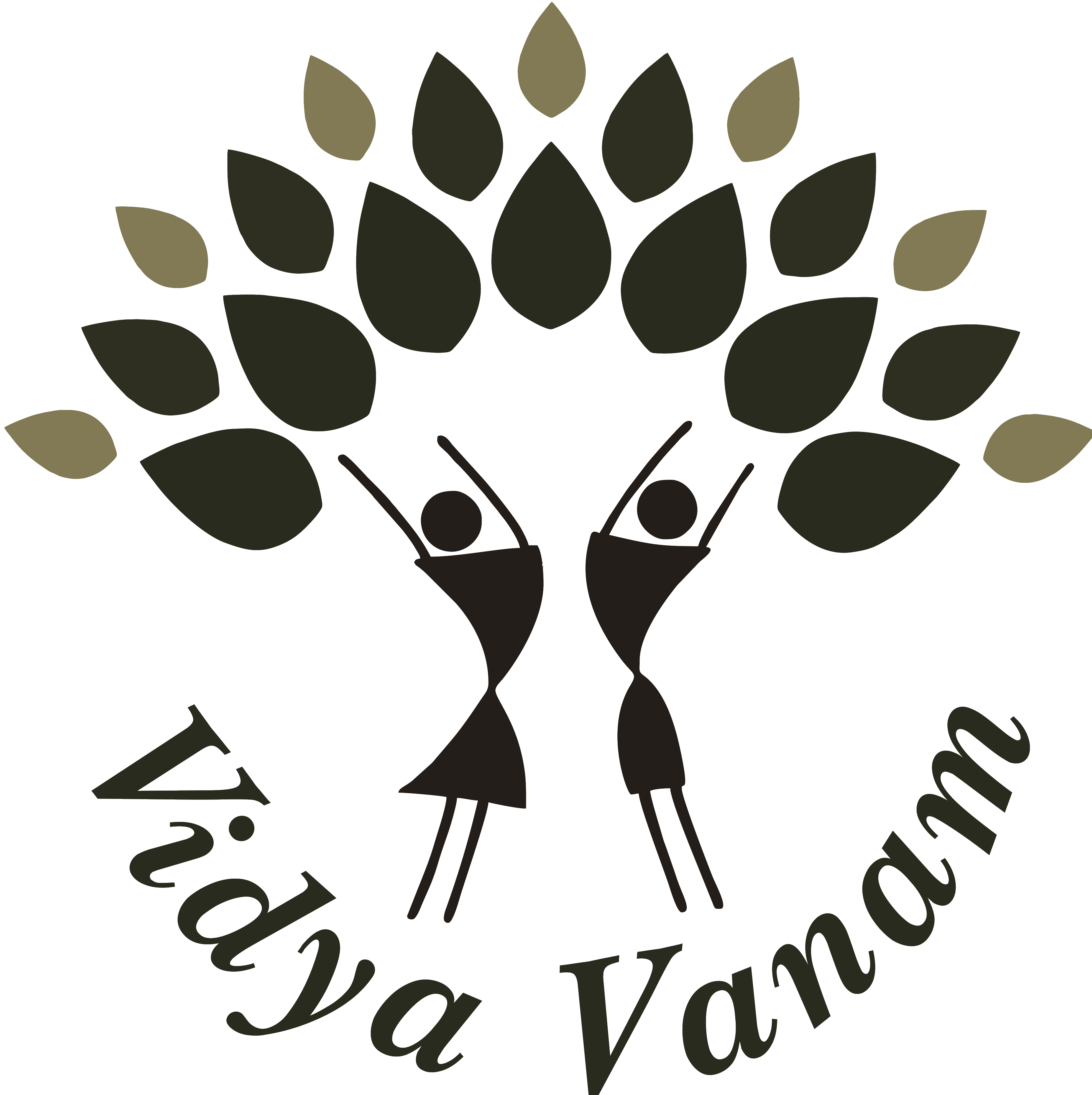How we teach
An evolving curriculum
When Vidya Vanam began in 2007, it was with a mission to provide a fear-free and inclusive learning environment and a specially designed curriculum that integrates today’s educational requirements with the community’s unique needs and inculcate appreciation and respect for their culture, knowledge base and environment. The conviction was that a curriculum (encompassing the head, the heart and the hand) had to be evolved to make learning meaningful. Building self-confidence and self-learning ability became the primary focus in the early years of schooling.
One of the innovations in the teaching methodology is that Vidya Vanam has Five Zones: Tamil, English, Mathematics, Science and Social Science; classes 4, 5, 6 and 7 do not have fixed classrooms, instead they move among these different Zones. Each zone is equipped with images, artifacts, charts, models, and books, which help the student absorb the information through visual stimuli, even if the child is not fully attentive during the class. Also the movement between the zones helps them from becoming fidgety and restless as a result of being confined to a single classroom.
Another pedagogical approach developed by Vidya Vanam is theme-based learning. This is an inter-disciplinary approach that helps children understand that knowledge is a seamless continuous flow from one discipline to another. A theme is selected and studied from every subject and artistic angle. The same theme moves through every class with extra information and extended competency. There are no prescribed textbooks. So, the teachers source material from varied sources.
How it works: For example, the theme is Soil. In Science, the children will study characteristics of soil, what it contains (nutrients, microbes), the factors that affect soil formation etc.
- In Math, they will look at ratio-proportion, volume, weight, area, measurement etc.
- In social science, the topics will include ecosystems, vegetation and wildlife, landforms, topography, archaeology, excavations.
- In languages, they read and write essays, poems, stories around the theme, write slogans, debate issues etc.
- In arts, they will learn about and to do pottery, murals, modeling etc.
Given this approach, all activities including sports, music, dance, theatre, arts and crafts became a part of the curriculum, and not extra-curricular. The learning process is activity-based and the environment mixed age. The teacher is a facilitator of learning who develops teaching material. The learning process is not one-way, with the teacher giving and the student receiving. Self-learning and peer learning are encouraged and the children have the freedom to ask questions.
With a large majority of the children being from the Irula tribe, the school instituted the practice of a multi-lingual classroom. Since the children are familiar with their tribal dialect, the State language is as unfamiliar to them as English. A multi-lingual environment helps the child move seamlessly from the tribal language to Tamil to English. This is also helped by the fact that many of the teachers in senior school come from other states or from foreign countries, who do not know Tamil. All communication with these teachers is in English. The ensuing ‘struggle with communication’ is seen as part of the learning process and getting sensitized to each other’s cultures.
As tools to their learning process, the children have access to a computer lab has 24-hour Internet connection, 25 desktops, 10 laptops and 10 iPads. The AV room has a projector, a docu-camera and a good stock of DVDs; language labs for English and Tamil; a Math lab equipped games, puzzles and equipment to enhance computing skills; fully equipped composite lab for physics and biology and exclusive chemistry lab; a library with over 4000 books both for teachers and students. This includes fiction, non-fiction, reference books and magazines; an exclusive space for arts & craft with two faculty members trained in Santiniketan in painting, clay modelling, jewelry making, mural art, terracotta pottery.

